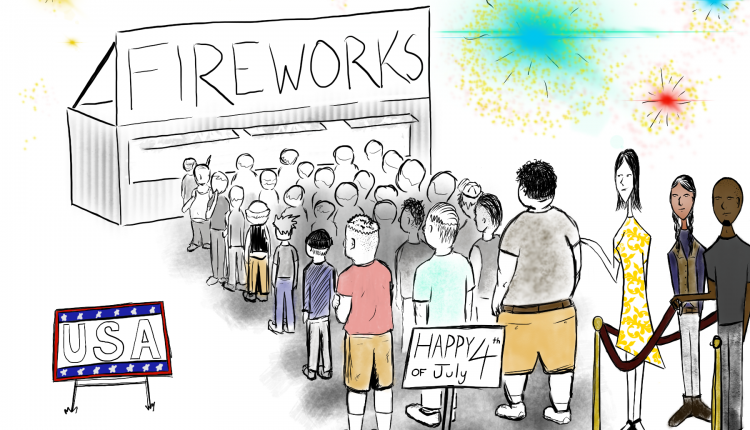COMMENTARY: Why celebrate the freedom when many were not free in 1776?
On July 4, 1776 the Continental Congress formally adopted the Declaration of Independence and became the day Americans celebrate as the birth of American Independence.
But why celebrate national independence and political freedom when at the time the Declaration of Independence was adopted many Americans were not protected by the freedoms of the Declaration?
One of, if not, the most famous lines of the Declaration of Independence reads, “We hold these truths to be self-evident, that all men are created equal, that they are endowed by their Creator with certain unalienable Rights, that among these are Life, Liberty and the pursuit of Happiness.”
The Declaration then goes on to refer to the first inhabitants of America as “merciless Indian savages.” Yes, it really states that we are created equal and then reduces Native Americans to “merciless savages.” The irony is not lost on me.
In 1852, Frederick Douglass, an African-American social reformer, abolitionist, writer and statesman was invited to speak about what the Fourth of July meant for America’s African-American population. He addressed his audience with his now famous speech, “The Meaning of July Fourth for the Negro.”
In his speech, Douglass questioned if the principles of “political freedom” and “natural justice” stated in the Declaration extended to the African-American population in America.
“Fellow-citizens, pardon me, allow me to ask, why am I called upon to speak here today? What have I, or those I represent, to do with your national independence? Are the great principles of political freedom and of natural justice, embodied in that Declaration of Independence, extended to us?” Douglass continues with, “What, to the American slave, is your 4th of July? I answer: a day that reveals to him, more than all other days in the year, the gross injustice and cruelty to which he is the constant victim.”
Slavery was not abolished until 1865, almost 100 years after the adoption of the Declaration of Independence.

Women were also not fully represented under the Declaration of Independence. It was not until 1920, with the ratification of the 19th Amendment, that women were granted the right to vote.
Even then, women of color were unfairly targeted with laws, especially in the South, that would disenfranchise them of their right to vote. This treatment toward women of color in the South continued until the Civil Rights movement in the 1960s.
I don’t point all this out to say we, as Americans, should not celebrate American Independence because I believe we should. But, we must recognize the injustices that occurred toward most of the American population at the time of it’s signing and even today.
We must also celebrate the overcoming of these injustices as proudly as we do the Fourth of July and continue to fight injustices toward any American because that truly embodies the principles of political freedom and natural justice stated in the Declaration of Independence.
Also published on Medium.

